An open source option is the Indigo Toolkit, which also has pre-compiled packages for Linux, Windows, and MacOS and language bindings for Python, Java, .NET, and C libraries. I chose the 1.4.0 beta.
I had a similar interest to yours in converting SMILES to 2D structures and adapted my Python to address your question and to capture timing information. It uses the PubChem FTP (Compound/Extras) download of CID-SMILES.gz. The following script is an implementation of a local SMILES-to-2D-structure converter that reads a range of rows from the PubChem CID-SMILES file of isomeric SMILES (which contains over 102 million compound records) and converts the SMILES to PNG images of the 2D structures. In three tests with 1000 SMILES-to-structure conversions, it took 35, 50, and 60 seconds to convert 1000 SMILES at file row offsets of 0, 100,000, and 10,000,000 on my Windows 10 laptop (Intel i7-7500U CPU, 2.70GHz) with a solid state drive and running Python 3.7.4. The 3000 files totaled 100 MB in size.
from indigo import *
from indigo.renderer import *
import subprocess
import datetime
def timerstart():
# start timer and print time, return start time
start = datetime.datetime.now()
print("Start time =", start)
return start
def timerstop(start):
# end timer and print time and elapsed time, return elapsed time
endtime = datetime.datetime.now()
elapsed = endtime - start
print("End time =", endtime)
print("Elapsed time =", elapsed)
return elapsed
numrecs = 1000
recoffset = 0 # 10000000 # record offset
starttime = timerstart()
indigo = Indigo()
renderer = IndigoRenderer(indigo)
# set render options
indigo.setOption("render-atom-color-property", "color")
indigo.setOption("render-coloring", True)
indigo.setOption("render-comment-position", "bottom")
indigo.setOption("render-comment-offset", "20")
indigo.setOption("render-background-color", 1.0, 1.0, 1.0)
indigo.setOption("render-output-format", "png")
# set data path (including data file) and output file path
datapath = r'../Download/CID-SMILES'
pngpath = r'./2D/'
# read subset of rows from data file
mycmd = "head -" + str(recoffset+numrecs) + " " + datapath + " | tail -" + str(numrecs)
print(mycmd)
(out, err) = subprocess.Popen(mycmd, stdout=subprocess.PIPE, shell=True).communicate()
lines = str(out.decode("utf-8")).split("\n")
count = 0
for line in lines:
try:
cols = line.split("\t") # split on tab
key = cols[0] # cid in cols[0]
smiles = cols[1] # smiles in cols[1]
mol = indigo.loadMolecule(smiles)
s = "CID=" + key
indigo.setOption("render-comment", s)
#indigo.setOption("render-image-size", 200, 250)
#indigo.setOption("render-image-size", 400, 500)
renderer.renderToFile(mol, pngpath + key + ".png")
count += 1
except:
print("Error processing line after", str(count), ":", line)
pass
elapsedtime = timerstop(starttime)
print("Converted", str(count), "SMILES to PNG")


